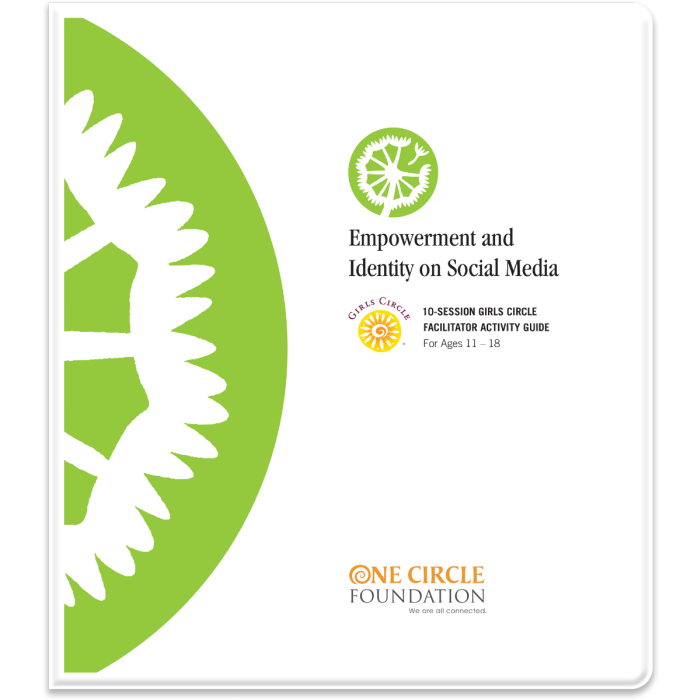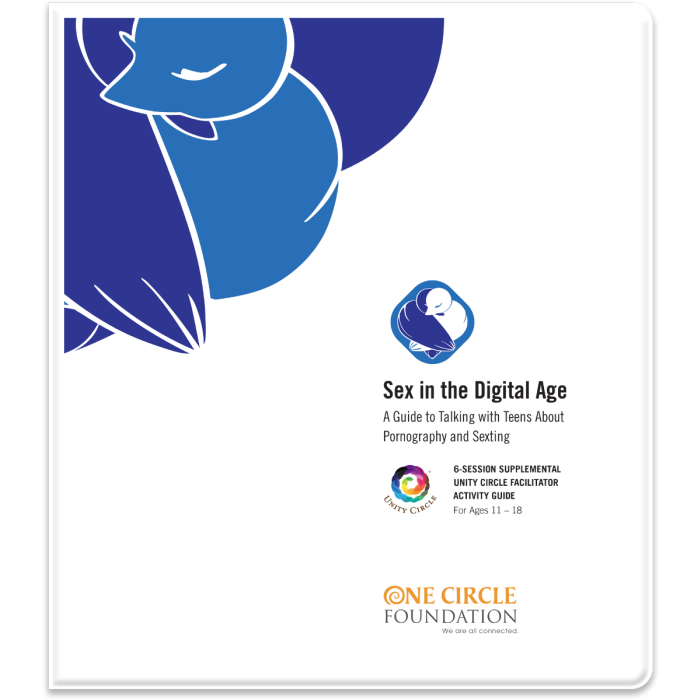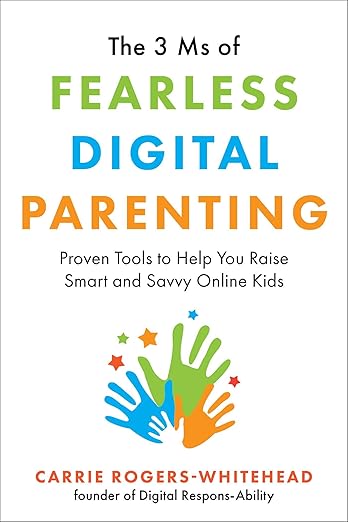Media Literacy
Media literacy is the ability to identify different types of media and understand the messages they're sending. Children and young people take in a huge amount of information from a wide array of sources, far beyond the traditional media (TV, radio, newspapers, and magazines). There are social media influencers, memes, viral videos, video games, advertising, and more. But all media share one thing: someone created it. And it was created for a reason. Understanding that reason is the basis of media literacy.
Media images often impact young people's decisions about which attitudes and actions are “normal.” The need for group acceptance and peer approval is high during adolescence (and in pre-adolescence). Young people who understand how the media works are better able to make choices based on facts rather than on “hype.” This helps youth learn to recognize and resist messages that promote using alcohol, tobacco, and illegal drugs.
Source: SAMHSA
From Our Collection
Curricula & Lesson Plans
- Media Monsters Lesson Plan
From The National Association for Media Literacy Education
- News and Media Literacy Resource Center
Common Sense Media
- The News and You: Media Literacy Resources for Afterschool Education
Pulitzer Center
Trainings
- Media Literacy 101 for Substance Misuse Prevention Practitioners (Great Lakes PTTC)
Media Literacy and Mental Health (Pulitzer Center)



